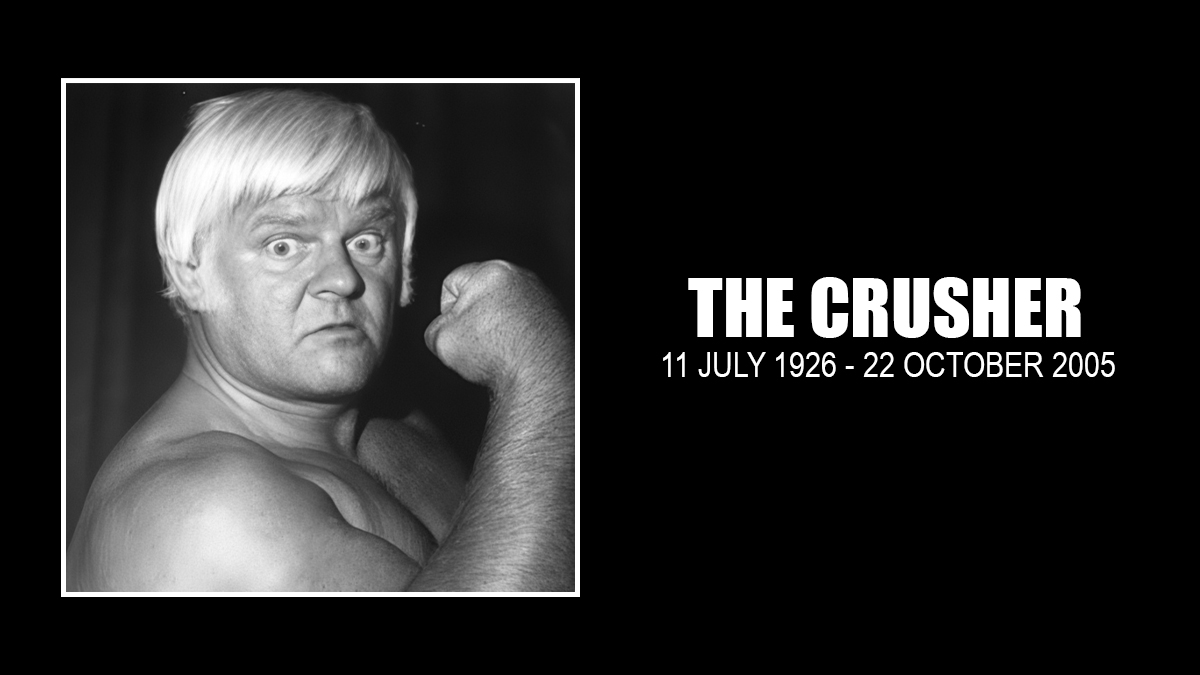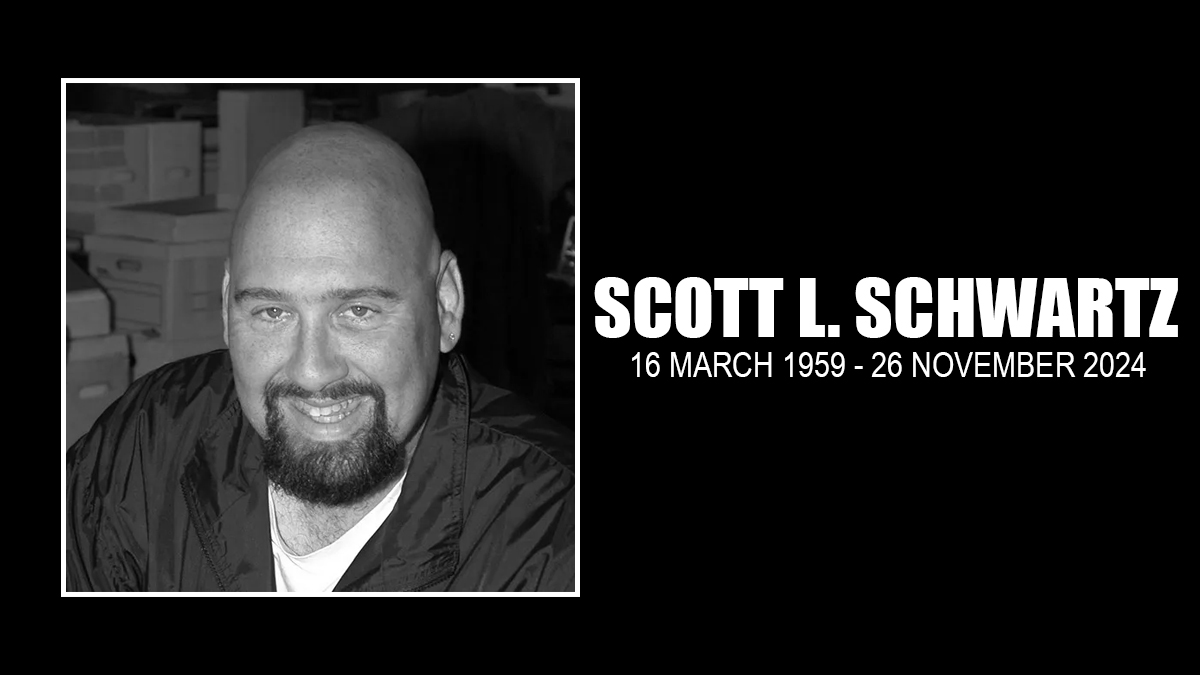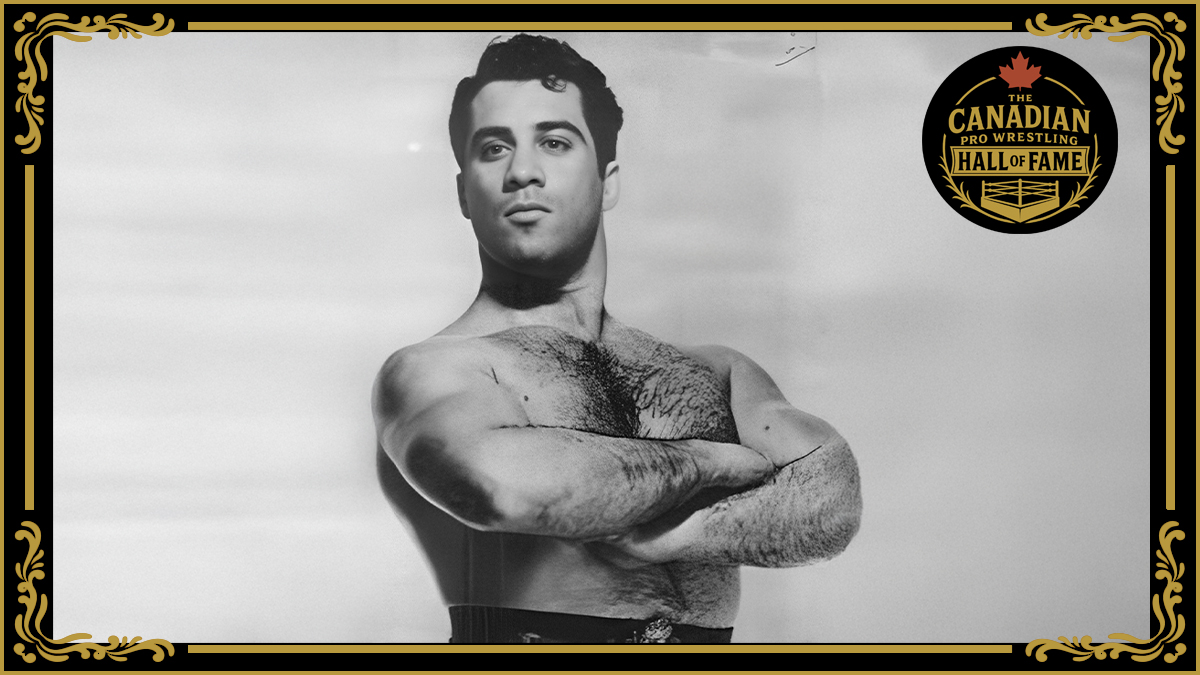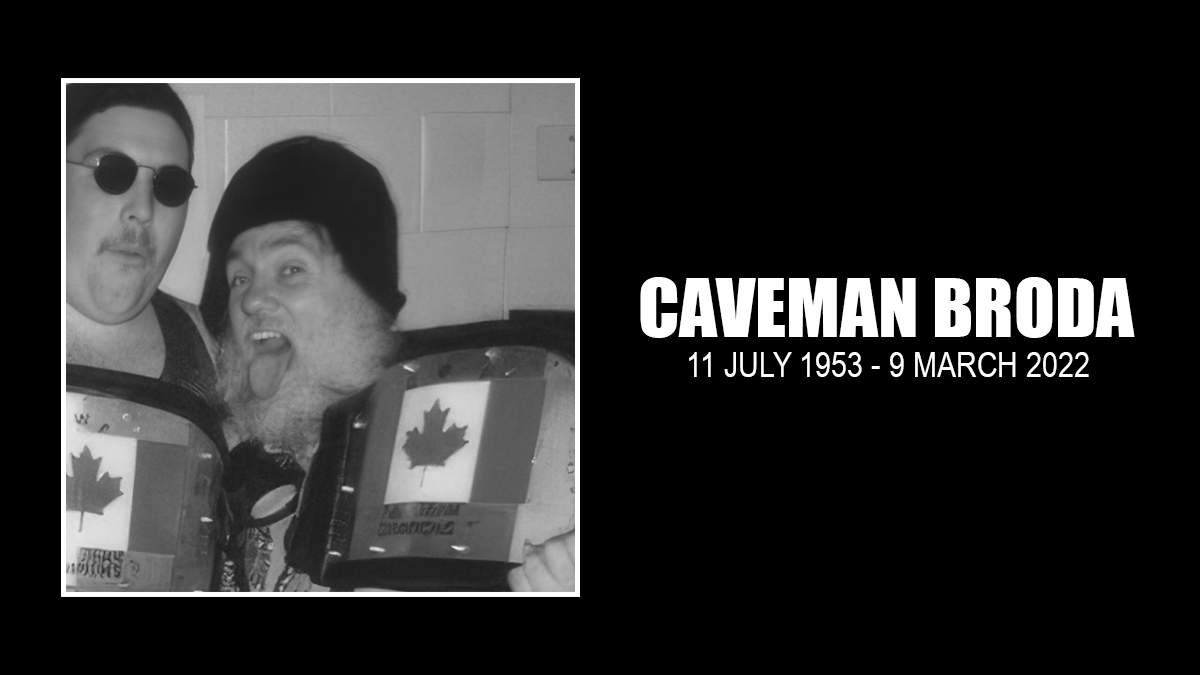Listen up, you turkeynecks. One of the most memorable characters ever in wrestling has died. Or more correctly, gone to the big beer hall in the sky to start raising hell again with Dick the Bruiser. All praise The Crusher, dead Saturday, October 22, 2005, at age 79.
The Crusher — Reggie Lisowski to a few — was a true American original. Promoted as “The Wrestler Who Made Milwaukee Famous,” he’d brag about running along the Lake Michigan waterfront with a keg of beer on each shoulder so he could get in shape to polka all night with the town’s many Polish barmaids.
In July 1999, The Crusher made an appearance at a racetrack in Kenosha, WI. Some of his comments perfectly sum up who he was and what he meant to wrestling.
“These turkeyneck bums they got wrestling, some of them couldn’t shine Crusher or Bruiser’s shoes,” the gravelly-voiced, cigar-chomping tough guy said. “I come up the hard way. I had all these cage matches. I wrestled in the cage more than any other rassler in the history of rasslin.’ I got all the scars to prove it. The time I wrestled Mad Dog [Vachon] in the cage, I had to go to the hospital, and he had to go to the veterinarian to get sown up.
“I had a lot of tough, rough matches through my life, but the only thing that kept me going is the way I built my body up. Just like you build a building brick by brick, I built this body up muscle by muscle! I been knocked down, I been hit with bar stools, I’ve been hit with chairs, I’ve been hit with bar maids, I’ve been hit with bar rags, but nobody ever knocked The Crusher down [for good].”
Best known for his time in the American Wrestling Association out of Minnesota, The Crusher was feted in a 1964 song by The Novas, from Edina, MN, titled imaginatively “The Crusher.” Some of the lyrics:
Do the hammer lock! a-Do the hammer lock!
Raid! Do the hammer lock, you turkey necks!
Yeah, do the hammer lock! a-Do the hammer lock!
Everybody’s doing it
Raid!Do the eye gouge! Yeah, do the eye gouge!
Raid! Do the eye gouge, you turkey necks!
Yeah, do the eye gouge! a-Do the eye gouge!
Everybody’s doing it
Raid!
Born in 1926 in South Milwaukee, the 6-foot, 250-pound Lisowski was a fullback on his high school football team. While stationed in Germany with the Army, he was schooled in a little wrestling. After the war, he furthered his wrestling training with Ivan Racy and Buck Tassie at Milwaukee’s Eagle’s Club, and had his first match in 1949.
His working class hero persona was no act-he had been a bricklayer and worked at a meat packer. Lisowski attracted the eye of Chicago promoter Fred Kohler and was thrust onto TV on the old Dumont network. “Kohler was impressed by what he saw in the dark haired, muscular Lisowski and signed Reggie to a contract,” Jim Zordani wrote on Kayfabe Memories.com. “Fred gave Lisowski television exposure on the Dumont Network and eventually sent Reggie on the road to other wrestling cities to gain some seasoning.”
By 1954, he started working as a heel, with bleached blond. “His lean but still very muscular physique had morphed into a barrel-chested look making Reggie appear even more powerful. His new finishing maneuver was the full nelson,” wrote Zordani.
Lisowski’s first big success came as a newly bleached blond villain with Art Neilson, and then as a partner to Stan Lisowski (Stan Holek, who would later become Stan Neilson as a championship team with Art).
“The last time I saw him was at the Cow Palace in San Francisco maybe 20 years ago. I walked in the dressing room and he looked at me like, ‘Who in the heck’s this guy?’ Then he recognized me. We had a good chat,” recalled Holek, who thought a great deal of Lisowski during their two-year pairing. “He was pretty knowledgeable about everything. He was sharp. He was a businessman. He knew if he had to speak up, he certainly would. I had a lot of respect for him. Him and I got along pretty good.”
In August 1956, Gene Kessler of the Chicago Tribune wrote about the Lisowskis pairing. “No vaudeville team presents a more impressive, or probably more dramatic show, according to publicitor Dick Axman. And none ever was quilted with more slapstick. Axman presented two photos. One showed the Lisowskis flexing bulging muscles beside a weightlifting trophy won in Milwaukee at a time when their hair was dark brown. The other pictures the matured showmen, wearing glistening silk jackets and bleached curls.”
Indeed, for his entire career, Lisowski took great pride in his physique. It is unfair to compare his body to the stars of today, with their easy access to supplements and diet aids to get in shape. The Crusher earned his body with hard work. (The beer belly later in his career was well earned too!)
In 1959, Lisowski made the transformation to Da Crusher, and his catchphrase became “How ’bout dat?” Teaming with former football player Dick Afflis, who worked as Dick The Bruiser, created the Number 13.greatest team of all-time according to The Pro Wrestling Hall of Fame: The Tag Teams. Both in the AWA, and in the Bruiser-owned Indianapolis promotion, they were headliners. They became good friends, and their careers were interlinked right until Bruiser died November 10, 1991 in Largo, Florida while working out.
In an August 1974 story in Wrestling Revue story on Dick the Bruiser, he praised The Crusher. “He was a great tag team partner. He knew exactly what I was going to do in the ring and I felt the same way about him. The Crusher is a powerful man and a great wrestler.”
Rene Goulet shared his recollections of Bruiser and Crusher. “If you’re talking about drawing a lot of people, and all that, to me they were great. They were not the greatest workers in the world. But for what they were doing, they were the greatest at it,” Goulet said. “Nobody would draw more money than those two guys. They were built up into two bullies, streetfighters, bar fighters. They were both great interviews, and when they got into the ring, they drew a lot of money. Bruiser and Crusher drew a lot of money in the Midwest, Chicago, Indianapolis, Minneapolis.”
The epic matches Bruiser and Crusher had with Mad Dog and Butcher Vachon in the AWA has resulted in both teams being inducted into Amsterdam, New York’s Professional Wrestling Hall of Fame. “Them Vachons were always chewin’ on me,” Crusher told the Chicago Sun-Times in 1987.
Mad Dog Vachon knew they were “a big draw” because the people believed that the bout pitted “four of the toughest guys in the business” against each other.
“They made us famous,” admitted Butcher Vachon. “They were very tough. Whenever you were in there, the people knew that they were going to get a streetfight, and so did we. We came ready for that.”
“The Bruiser and Crusher were the first characters to wrestle where everybody loved them no matter what they said or did,” Jimmy Valiant told Crusher historian George “CrusherBolo” Lentz. “This opened the door for myself, Dusty [Rhodes], Superstar Graham and Jesse the Body. We all became character good guys. Crusher was a master at interviews and he was a very great and kind man. I loved him.”
As a singles wrestler, there aren’t many that The Crusher didn’t tangle with, his anything-goes-style straddling the babyface-heel line with ease. Da Crusher held the AWA World singles title for three short reigns. He beat Verne Gagne twice in 1963 for the title, and later beat Mad Dog Vachon for the title in 1966.
He officially retired in 1981, but one would never know it. When Hulk Hogan jumped to the WWF in 1983, AWA promoter Verne Gagne called his old nemesis. Nerve damage to his right arm, suffered when Jerry Blackwell jumped off the top rope, forced him to sit out most of 1982 and part of 1983. “You gotta be able take the pain, I’ll tell you that,” Crusher told the Milwaukee Journal in 1985. “You know, I got 200, 300 stitches in my body. And you got to go to the doctors yourself. There’s nobody to baby you. Some football player breaks a toenail, he’s got 100 guys looking at him.”
In 1983, Crusher had one last run in the spotlight, teaming with Baron von Raschke to beat Jerry Blackwell and Ken Patera for the AWA World Tag Team titles, only to lose them in August 1984 to the Road Warriors. Two bouts that the Bruiser and Crusher had with the ascending Road Warriors in 1984 (one title, one non-title) signified the changing of the guard in pro wrestling probably more directly than any other bout in AWA history. Though Bruiser and Crusher were traditionally huge draws in Chicago and Milwaukee, the Roadies no-sold much of the matches, and neither match lasted more than 10 minutes.
With the AWA going into a slow, inevitable decline (but still employing Crusher’s son Larry in promotions), The Crusher was taking independent bookings. In January 1987, he worked Chicago’s Rosemont Horizon in a WWF match, teaming with Davey Boy Smith (whose partner Dynamite Kid was out injured) against the Hart Foundation. “I’m gonna take Davey Boy to all my favorite joints in Chicago,” Crusher promised the Chicago Sun-Times. “I’ll take him up and down Clark Street and Halsted Street and over to Greektown. He likes his beer, just like I do. But I’ll tell ya somethin.’ We may be goin’ out of one joint and into another all night long, but we ain’t gonna drink and drive. That’s somethin’ even I ain’t crazy enough to do.” The Crusher would work on and off, often in WWF rings, until 1989, capping a remarkable 40-year career. At the WWF’s Over the Edge pay-per-view at the Milwaukee Arena on May 31, 1998, The Crusher and Mad Dog Vachon went to the ring to be honored, and were mocked by Jerry Lawler, but got their revenge.
For the last decade, Lisowski and his wife Faye were content to a quiet family life to their four children, nine grandchildren and one great-grandchild. Faye died in March 2003, and friends said that The Crusher was never the same. He went through two hip replacements, a knee replacement and multiple heart bypass surgeries. In the end, he lost his battle to a non-cancerous brain tumor, having never fully recovered from the surgery to remove it. The last couple of months of his life were spent in a nursing home.
Visitation will be from 4-8 pm Thursday and 9:30-10:30 am Friday at Molthen-Bell & Sons Funeral Home, 700 Milwaukee Ave., in South Milwaukee. The funeral will be at 11 am Friday at Divine Mercy Catholic Church, 1304 Manitoba Ave., in South Milwaukee.




